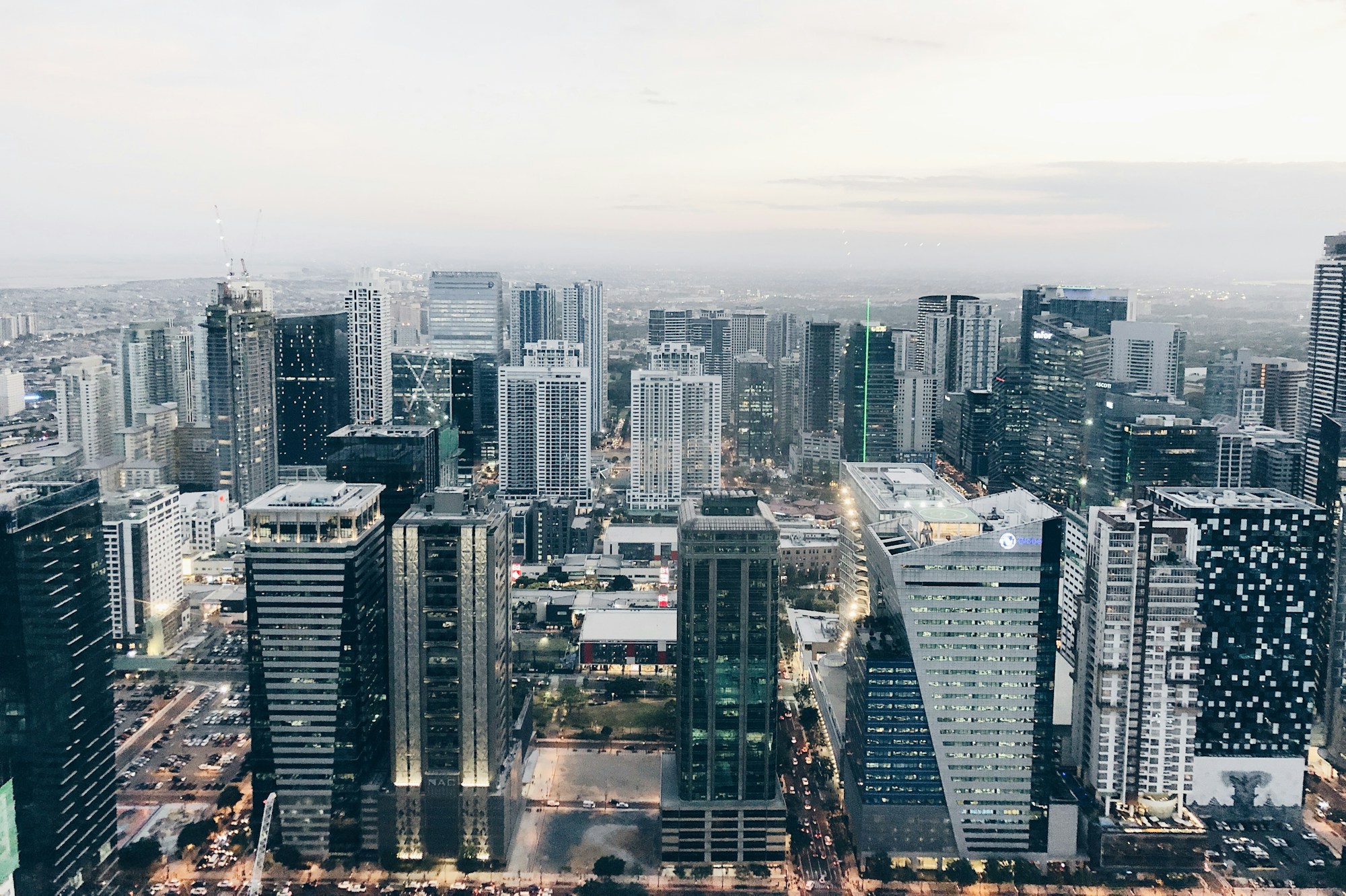Discover Manila: Local Culture & Traditions

Discover Manila: Local Culture & Traditions
Introduction
Manila, the capital of the Philippines, is a vibrant city that blends modernity and tradition. Known for its rich cultural heritage and warm hospitality, Manila offers visitors a unique experience. From historical landmarks and delicious cuisine to colorful festivals and traditional arts, there is something for everyone in this bustling metropolis.
History and Landmarks
Manila has a fascinating history that dates back to the Spanish colonial period. One of the must-visit landmarks is the walled city of Intramuros, which was built during the 16th century and showcases Spanish colonial architecture. Explore Fort Santiago, a citadel within Intramuros that served as a defense fortress, or visit the Manila Cathedral, a stunning example of Romanesque-Byzantine architecture.
Local Cuisine
No trip to Manila is complete without indulging in the local cuisine. Filipino food is a delightful fusion of flavors influenced by Spanish, Chinese, and Malay cooking traditions. Don't miss the chance to try adobo, a savory dish made with marinated meat and vinegar, or sinigang, a sour soup typically made with tamarind. For dessert, try halo-halo, a refreshing mix of shaved ice, sweet beans, jellies, and fruits.
Festivals and Celebrations
Manila is known for its lively festivals, which showcase the vibrant spirit of the Filipino people. The most famous festival is the Sinulog Festival, held in January, which features street dancing and colorful parades in honor of the Santo Niño. Another popular event is the Pahiyas Festival, celebrated in Lucban, a town near Manila. During this festival, houses are adorned with colorful rice wafers, and the streets come alive with music and food.
Traditional Arts and Crafts
Manila is a hub for traditional arts and crafts, with various markets and workshops where you can witness the skill and creativity of local artisans. Visit the Quiapo district, known for its vibrant street market and its famous Black Nazarene. Here, you can find everything from handwoven textiles to intricately carved wooden figurines. Don't forget to visit the iconic Binondo Chinatown, the oldest Chinatown in the world, where you can explore traditional Chinese shops and taste authentic Chinese delicacies.
Local Traditions
The Filipinos have a strong sense of community and deep-rooted traditions. Show respect for the local customs by greeting people with a smile and a polite "Mabuhay!" (which means "Welcome!"). It is also customary to take off your shoes before entering someone's home, as a sign of respect. Filipinos love to celebrate, and it's common to see vibrant street parties and music festivals throughout the year.
